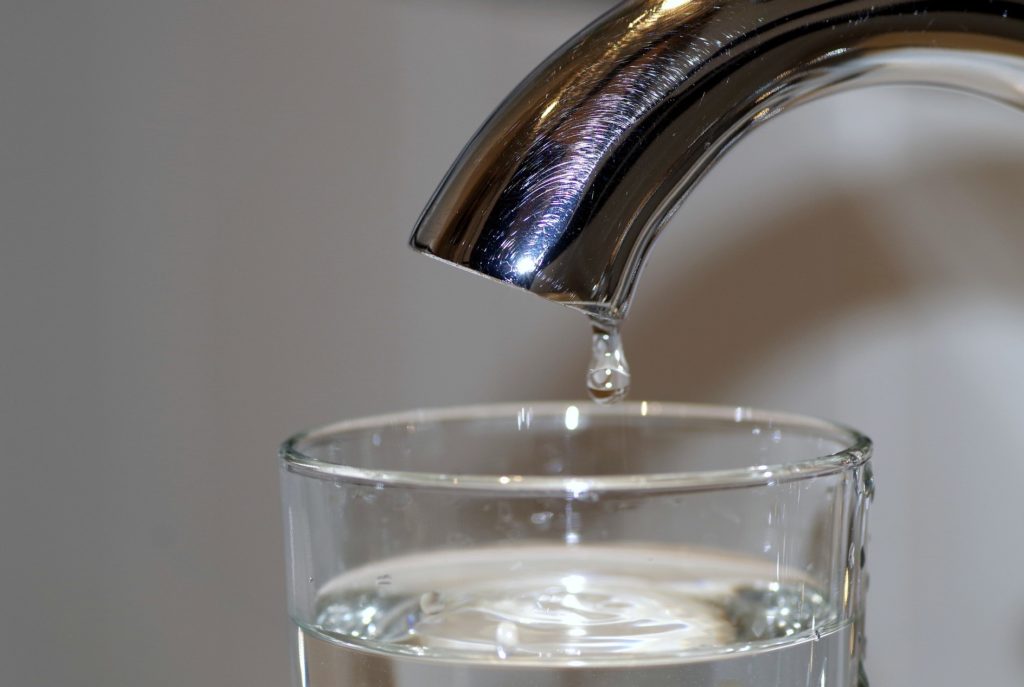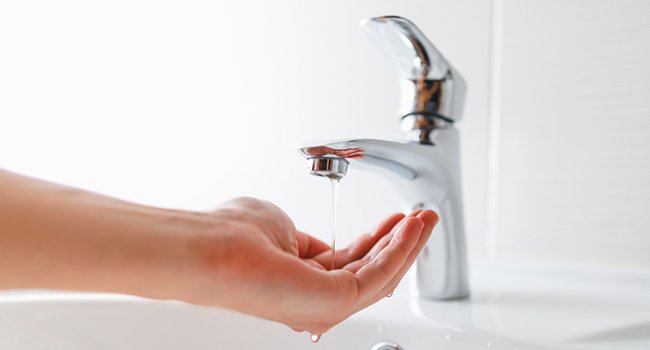Proven Strategies for Addressing Low Water Pressure in Your Home
Proven Strategies for Addressing Low Water Pressure in Your Home
Blog Article
We have discovered this article about 10 Reasons for Low Water Pressure in Your House below on the web and believe it made good sense to discuss it with you on my blog.

Low water pressure in your house can be an aggravating issue, affecting every little thing from showering to washing dishes. If you're experiencing weak water circulation, there are numerous feasible causes and services to check out. In this overview, we'll discuss typical reasons for low tide pressure and functional steps to address the concern effectively.
Introduction to Low Water Stress
Low water pressure happens when the circulation of water from your faucets, showers, and other components is weak than common. This can make everyday jobs extra tough and less efficient. Comprehending the reasons for low tide stress is essential to finding the appropriate option.
Usual Sources Of Low Water Pressure
Faulty Pressure Regulators
Stress regulators are responsible for keeping consistent water stress in your home. If they malfunction, it can cause low water stress or unequal circulation throughout the house.
Local Water Issues
In some cases, the trouble exists outside your home. Community supply of water problems, such as main line leakages or maintenance work, can temporarily lower water pressure in your location.
Pipe Obstructions
In time, pipelines can become clogged with mineral deposits, sediment, or particles, restricting the circulation of water. This is a common concern in older homes with galvanized steel pipes.
Deterioration
Corrosion within pipes can bring about leaks and decreased water stress. Corrosion buildup can tighten water flow, specifically in aging plumbing systems.
Just How to Identify Low Tide Stress
Examining Pipes
Examine noticeable pipelines for signs of leakages, rust, or blockages. Pay attention to any kind of unusual audios, such as banging or rattling pipes, which might indicate issues within the plumbing system.
Consulting with a Plumber
If you're not able to identify the reason for low tide pressure, consider employing a specialist plumber to perform an extensive inspection. They can recognize underlying problems and recommend ideal options.
Examining Taps and Fixtures
Begin by checking the water stress at various taps and fixtures throughout your home. If the problem is separated to specific locations, it might indicate localized problems.
Do It Yourself Solutions to Fix Low Water Stress
Flushing Hot Water Heater
Debris build-up in the water heater can restrict circulation and lower effectiveness. Flushing the storage tank periodically helps remove debris and maintain optimum performance.
Checking Pressure Regulatory Authority
Make certain that the pressure regulator is operating properly. Adjusting or changing the regulator can aid bring back appropriate water pressure throughout your home.
Cleansing Aerators and Showerheads
Natural resources can collect in aerators and showerheads, lowering water flow. Remove and clean up these parts consistently to improve water pressure.
Clearing Clogs in Water Lines
For small obstructions, try making use of a plumbing snake or chemical drain cleaner to clear blockages in pipelines. Beware when making use of chemicals and follow security standards.
When to Call a Specialist Plumber
If do it yourself efforts stop working to deal with the concern or if you think significant plumbing troubles, it's best to seek help from a certified plumber. They have the proficiency and tools to resolve intricate issues safely and effectively.
Preventive Measures to Maintain Water Stress
Installing a Stress Booster
Think about installing a stress booster pump to enhance water pressure in locations with constantly low flow. This can be especially useful for multi-story homes or residential properties with high-demand fixtures.
Surveillance Water Use
Bear in mind water use routines and avoid overtaxing the plumbing system. Basic modifications, such as incredible showers and laundry lots, can assist preserve appropriate water pressure.
Routine Maintenance
Arrange regular maintenance for your plumbing system to prevent issues such as deterioration, leakages, and blockages. Dealing with minor troubles early can assist prevent even more substantial repairs later.
Final thought
Dealing with low water pressure can be aggravating, however identifying the underlying reasons and executing proper services can restore ideal circulation throughout your home. Whether it's cleansing aerators, checking pipes, or seeking advice from a plumber, taking aggressive steps can ensure a constant supply of water for your daily requirements.
FOUR WAYS TO FIX LOW WATER PRESSURE NOW
Turning on a shower or faucet only to find the water comes out in a sad, slow drizzle is never a good feeling. How exactly are you supposed to wash a pan or take a quick shower when it takes 10 minutes just to rinse off a little soap? The good news is that when your water pressure is bad, there's always a cause: typically one that can be easily fixed. Here are some of the most common causes of low pressure and what you can do to fix the issue:
DEBRIS AND MINERAL DEPOSIT BUILDUPS
If you notice low water pressure from just one or two of the fixtures in your house, the problem likely has to do with debris buildup. Water is full of minerals and other debris, all of which can accumulate in your pipes and on your fixtures. This can cause a blockage that affects how much water flows through. To fix this, try filling a small plastic bag with white vinegar, and use a rubber band to hang it around your showerhead or faucet. Let the head of the fixture soak for a few hours, and the vinegar should loosen the deposits.
WATER LEAKS
Leaks are another common cause of low water pressure. If water is flowing out of your plumbing through a hole or crack before it can reach your fixture, the pressure coming out of the faucet or showerhead will be lower. A plumbing professional is your best bet for finding and repairing a leak in your water supply pipes.
Leaks are another common cause of low water pressure. If water is flowing out of your plumbing through a hole or crack before it can reach your fixture, the pressure coming out of the faucet or showerhead will be lower. A plumbing professional is your best bet for finding and repairing a leak in your water supply pipes.
A VALVE ISSUE
If you have low water pressure throughout your home, check your main shut-off valve to make sure it's completely open. You may also want to see if there's a pressure-reducing valve installed. If there is, have a plumber help you adjust the settings to get the pressure you're looking for.
OTHERS USING WATER
Believe it or not, your low water pressure could be caused by your neighbors. If you notice low pressure at certain times of day, it may be because you and the people living next to you have similar schedules - when everyone is showering at the same time, the pressure will be lower in every home. Low pressure throughout the neighborhood may also be caused by an issue with your municipal water supply. If that's the case, call the supplier to see if they're working on the issue.
https://www.rotorooter.com/blog/water-leaking/low-water-pressure-fixes/

As a devoted reader on Low Water Pressure in the House?, I think sharing that excerpt was essential. Feel free to take the time to promote this blog if you liked it. Thank you for being here. Come back soon.
Call Report this page